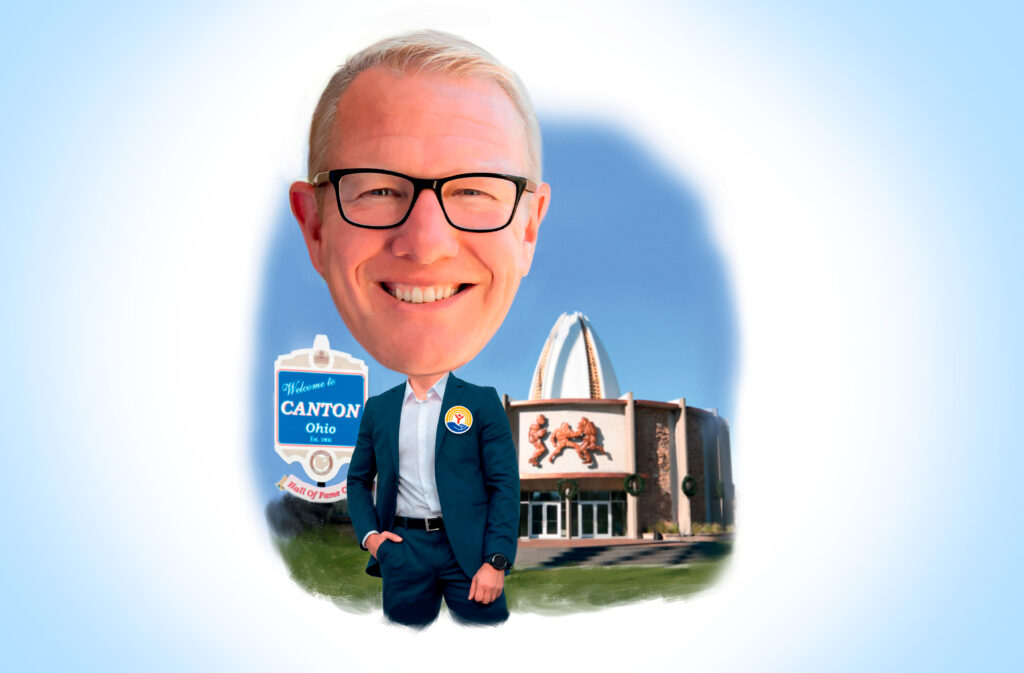
Rodney Dangerfield of Good Deeds

McKinsey & Co. recently issued a report, “Charitable Giving in the Property-Casualty Insurance Industry,” which shows that, while property-casualty insurers are generous in their giving, they feel “underappreciated” and don’t receive “appropriate recognition” for their efforts
As the late comedian Rodney Dangerfield might have put it, when it comes to charitable endeavors, insurers get no respect. But the McKinsey report suggests ways that insurers can be acknowledged for their efforts. The report offers an approach that could be called pragmatic philanthropy: Charity works best when it benefits both the beneficiary and the donor.
Insurers do write a big check. For the lean year 2010, p-c insurers alone gave $500 million to charity. Their contributions exceeded the average given by other industries in comparison to their pre-tax profits, says McKinsey partner Peter Hahn, lead author of the report.
But Hahn also found problems. Nearly half of the executives polled said they didn’t believe the industry was giving to the right causes—even though they were playing a major role in setting the agenda. At the same time, nearly half the companies did not systematically measure their charitable performance. And there was also a “nose to the ground” mentality. Where employees live and where insurers are headquartered play a major part in who gets donations.
Most importantly, two thirds of the insurers didn’t feel recognized for the good works they do. The report found “a lack of awareness” among business partners, the public and even employees about the insurers’ philanthropy.
Insurers should treat their charitable giving as a business and run it like a business, Hahn suggests. This means managing it like any major investment: delineating an operating unit, in this case a foundation; targeting areas consistent with the company’s image and values; making sure it’s a focus of senior management; measuring its outcomes in terms of both social and financial impact; and setting strategic long-term goals.
“(Our) corporate philanthropy plan looks like a business plan,” says Genworth CEO Michael Fraizer, who describes it as “multi-year” and “multi-generational.”
The report cites Wells Fargo as a bank and insurance brokerage that has combined both business and social purposes with its community outreach into ethnic neighborhoods. It benefits by good works in marginal areas, but it also gains insight into how to set up banks in these areas and make them work.
Employees and the board should know about the good work they are doing, and it helps when the CEO rolls up his or her sleeves and pitches in.
Hahn thinks p-c insurers could get more traction with the public by focusing on areas they know best, such as helping communities with disaster preparation. Disaster relief and preparedness was ranked second behind education among the top causes to which insurers should be giving, but only 5% of their charity actually went there.
Hahn sees nothing wrong with industry collaboration for a good cause such as this and points out that insurance institutes for both highway safety and business and home safety have made life better for everyone.
“If the property-casualty industry can change its approach to charitable giving, it has the potential to play a transformative role in addressing some of the most critical, highest-profile problems facing society today,” he says—and can make the industry look good in the process.




